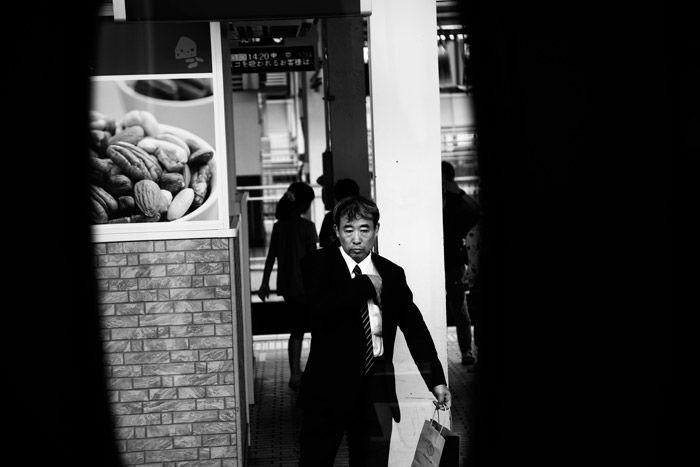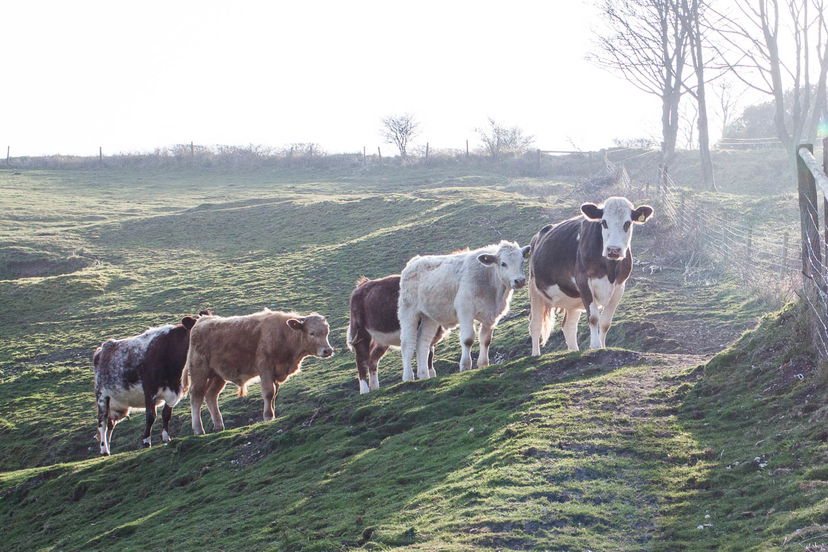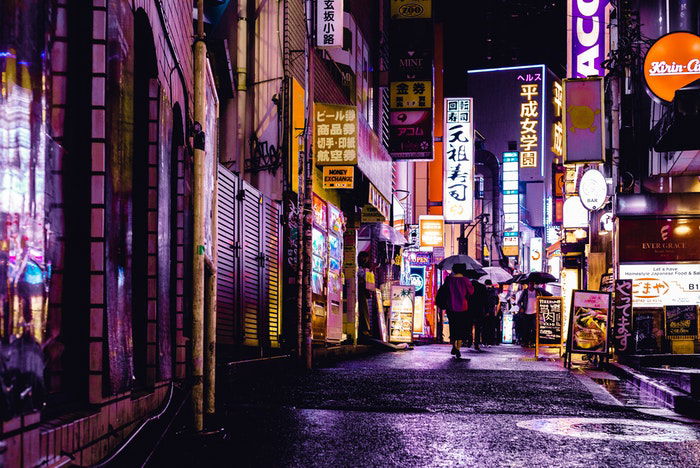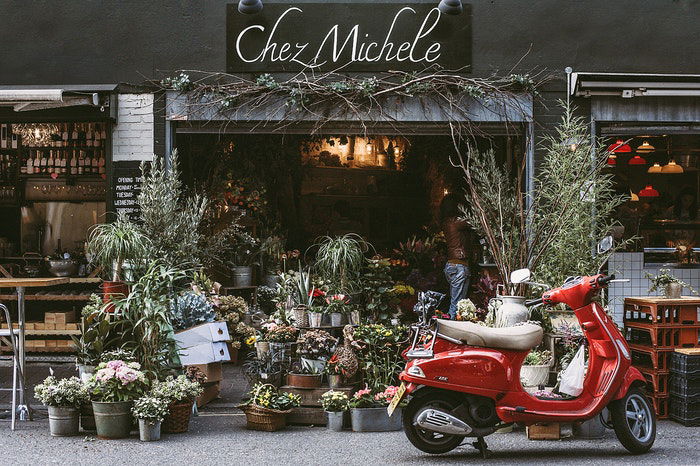Street Photography Ethics (When to Shoot or Not)
Street photography has been around almost as long as photography itself. And for as long as street photography has been around, there have been questions of photography ethics.
This article will take you through all you need to know about street photography ethics. Whether it’s okay to photograph the homeless and what to do when someone asks you to delete their picture. (Spoiler: you should delete it).
Photography Ethics: What the Law Says
It is important to distinguish between what is ethical and what is legal. Something can be ethical but not legal and vice versa.
Laws vary from place to place (even between parts of the same country!) and for that reason no single article can deal the laws for every location. Suffice to say, you should make sure you understand what you can and can't do before you start taking photos – ignorance of the law is generally no excuse.
Organisations exist in many countries to provide free guidance to artists about complying with local laws. It is worth spending 5 minutes reading to ensure you avoid dealing with law enforcement and missing out on valuable photography time, or worse.
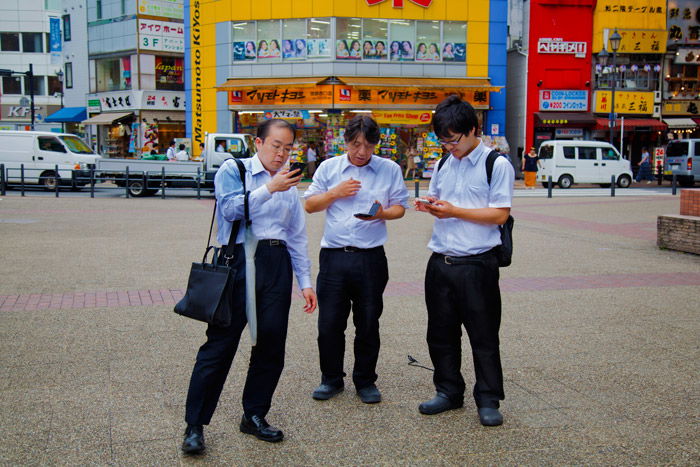
Freedom of Expression vs the Right to Privacy
Generally speaking, if a photographer is shooting within a public space, they have the right to take photographs without asking permission as an extension of the right to freedom of expression.
In most cases, this is true for photographing buildings, sites and people. Military installations are a notable and common exception, so steer clear of those.
However, in some cultures, the right to privacy is as an important right. Sometimes it’s even more important than the right to take photos in public spaces.
Most of the ethical dilemmas surrounding street photography concern finding a balance between a photographer's right to freedom of expression and a subject's right to privacy.
From the perspective of many contemporary street photographers, the notion of privacy shouldn't limit the right to freedom of expression. After all, aren't we constantly surveyed and photographed as part of everyday life without providing explicit consent?
Using apps like Facebook to constantly relay information about ourselves and those around us to the internet means that our social and personal lives can be freely consumed by strangers.
Regardless, before going out to take pictures, it's important to take some time to consider your own practice and ethics. Think about where you draw the line between what you feel is acceptable to photograph and what isn't. Also consider how you go about taking those photos and how you plan to conduct yourself in the field.
That way, if you are challenged, you can feel confident and comfortable enough in yourself to be able to handle a given situation accordingly. Knowing what you can and can't do under local laws helps here.
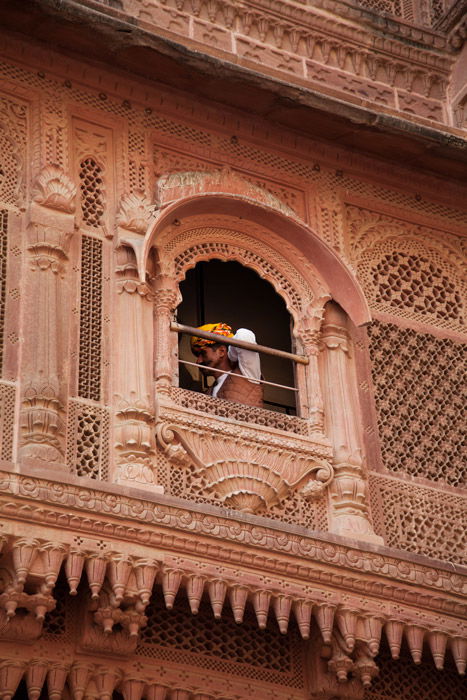
Asking Permission
Regardless of whether it's a legal requirement or not, the most obvious way to avoid a confrontation is to ask permission. Contrary to popular belief, street photography doesn't necessarily have to be candid.
For example, William Klein's famous photograph 'Kid With Gun' is the culmination of several photographs where the photographer actually directed the subject to 'look tough'!
Another example is Diane Arbus' 'Kid With Grenade' which features a subject that has been guided by the photographer over a number of frames.
This means that if you are uncertain about a situation, you can go ahead and ask a subject if they wouldn't mind having their photo taken without compromising the street photography ethos.
Street photography is about empowering the inhabitants of our urban landscape and highlighting the beauty of the (seemingly) mundane. This can be done with or without asking permission, depending on the situation.
In asking permission to take a person's photograph, prepare yourself for the prospect of rejection. If a subject says "yes" go ahead and snap away! But if the person says "no" simply smile, thank them and move on. Don't push the matter.
Motive
Another key factor in approaching street photography ethically is motive. Why is it that you are practicing street photography in the first place?
As I mentioned before, taking some time out to evaluate your motives and goals will result in images with greater impact because you know what you are looking for.
But be careful not to get too mercenary – your subjects have feelings too and they deserve respect!
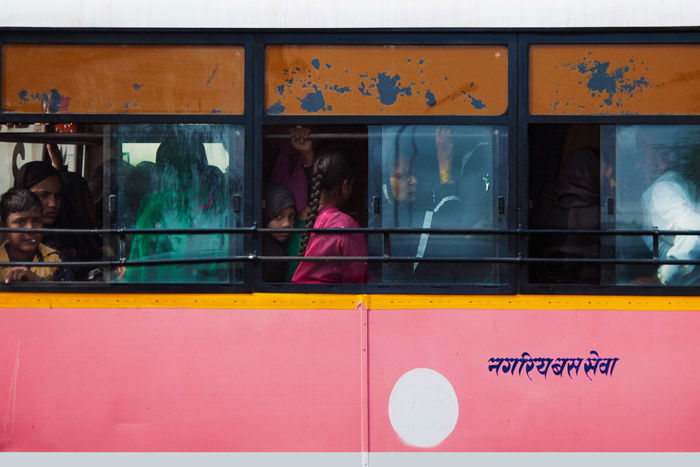
Making a Connection
A solid grounding in ethical photography often leads to better photographs. When you know where you stand with your photographic practice, people can tell by your body language.
A better grasp on your own ethics will give you confidence, which will help form a connection with your subjects and give you greater command over a situation.
As I've already mentioned, asking permission is one way to ensure a smooth photo. There are other ways too.
A smile is one of the easiest ways to signal to someone that you have good intentions. If someone catches you taking their photograph, they will generally look to you out of curiosity. Respond with a genuine smile and nine out of ten times your subject will smile back and carry on with their day.
Sometimes a subject you have photographed (or even someone you haven't) will approach you with questions. "Why did you take my picture? What are you doing with the photographs?" On one occasion, while taking photographs in a run-down alleyway, I had a person approach me to ask if I was a forensic investigator.
Another time, walking down a street with my camera in hand, a friendly group asked if I was paparazzi. I said no, but I would be happy to take their photo anyway!
Simply explaining that you are a photographer and articulating the motives behind the photograph in a friendly manner will usually satisfy a person's curiosity or concerns.
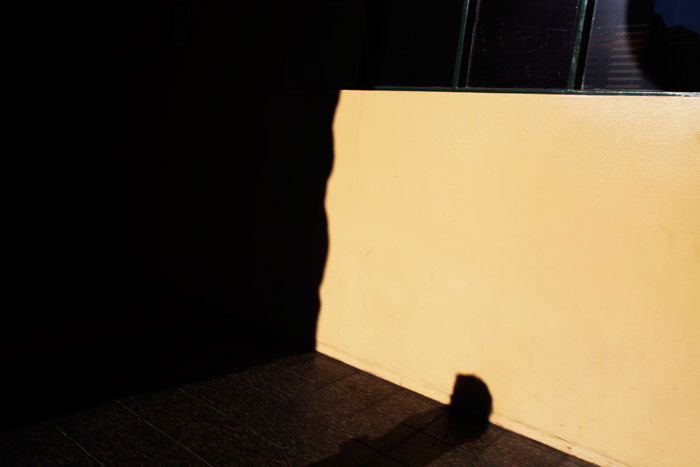
Respect Your Subject’s Wishes
Ethically, photography is a very zen activity. This is where treating others how you would like them to treat you comes in.
One of the more hostile encounters you may come across are upset subjects. They will push the point that it is illegal to take photographs of them without their permission.
This is where it is important to be armed with information. Depending on the situation, you may want to explain that you have a right to photograph in a public space (if that's right). Oftentimes it's easier to smile, point the camera at the ground and move on.
I saw a great little image the other day, an image made up of computer generated text against a blank that read "a photo of a guy I took the other day that he asked me to delete".
If you're asked to delete a photo, go ahead and delete it. No photograph is worth the confrontation a refusal might trigger.
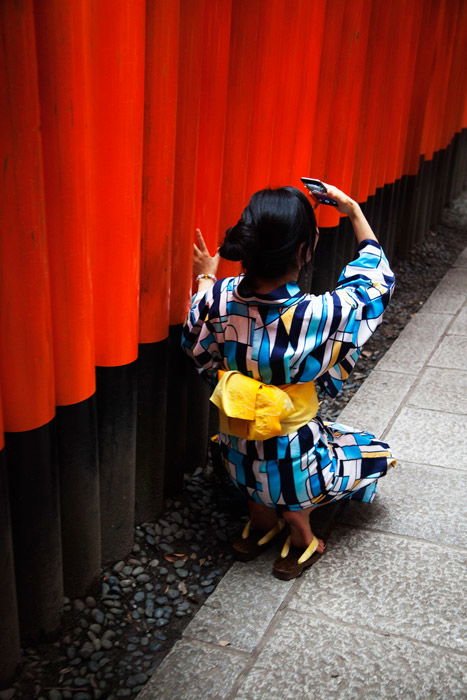
Give and Take
Street photography may sometimes be about 'taking' a photo. But ethically, the relationship is 'give and take'. All subjects deserve respect.
One situation that examines the relationship between the photographer and the photographed is when the subject is homeless, living on the street.
Sometimes the assumption is that because a person is living in such a public place, then you've got a situation where consent is implicit.
The problem there is that those who live constantly in public view have no way to shield themselves from the public eye. Photography can exacerbate this.
There are a few solutions to such a situation and that is to either ask permission. Or to contribute to the relationship by investing in this person as a human being, rather than using them as a figurehead for a condition.
Simply, if you do take a photograph of someone in hardship, take steps to 'give back' to the relationship. How you do that is up to you.
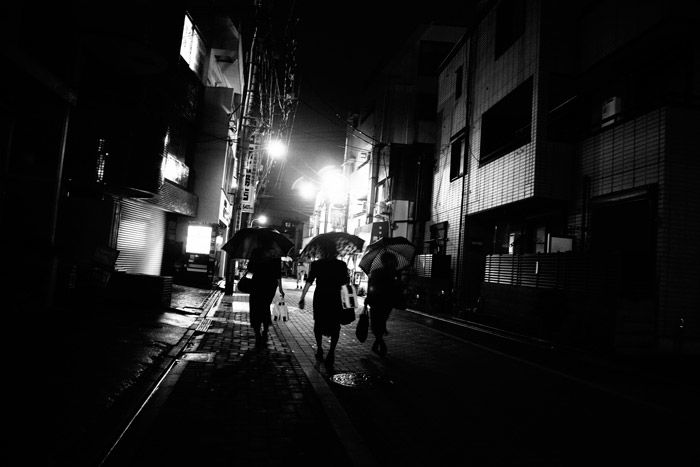
Conclusion
The ability to capture an image of someone instantly is an incredible privilege. We, as street photographers, need to be careful not to abuse it.
By making yourself aware of local laws and customs and making mindful photography, you can make sure that you minimise any interference with others' privacy and feel confident and comfortable enough to realise your creative potential.
And remember, this is only a starting point – some of history's most fascinating philosophical discussions concern the intersection between art and ethics.
